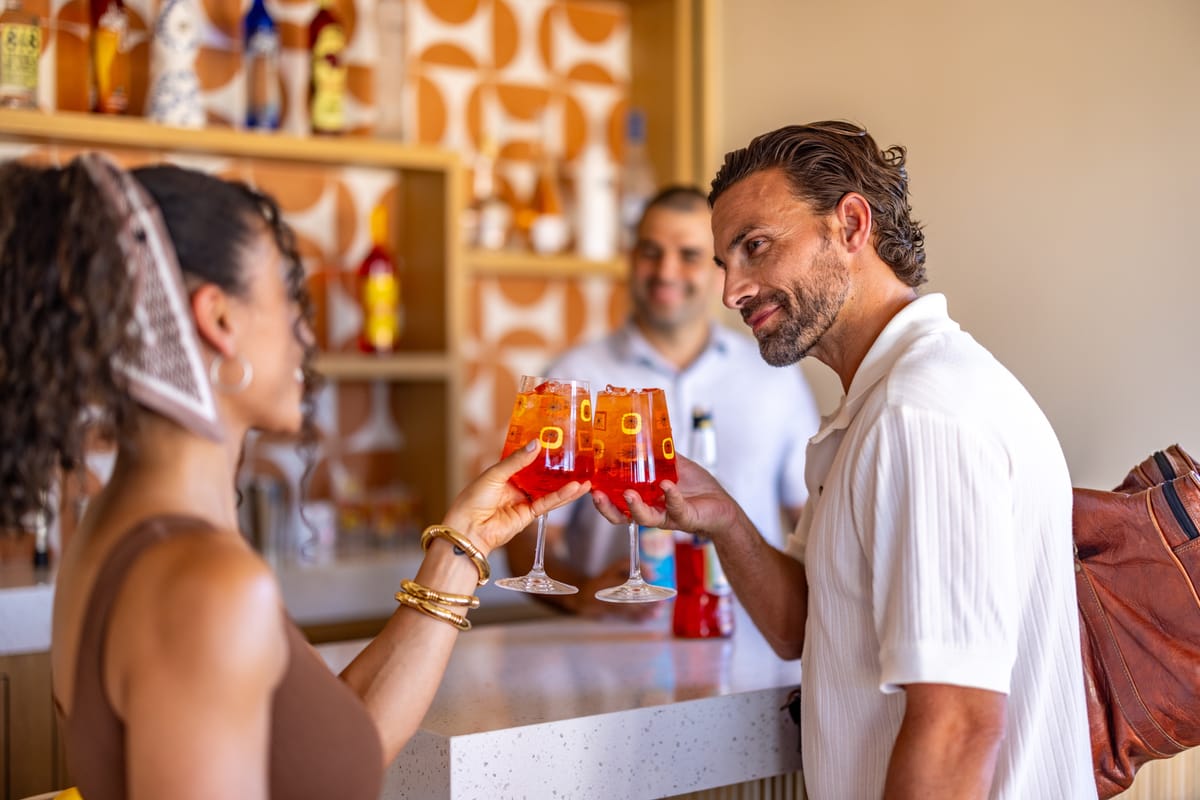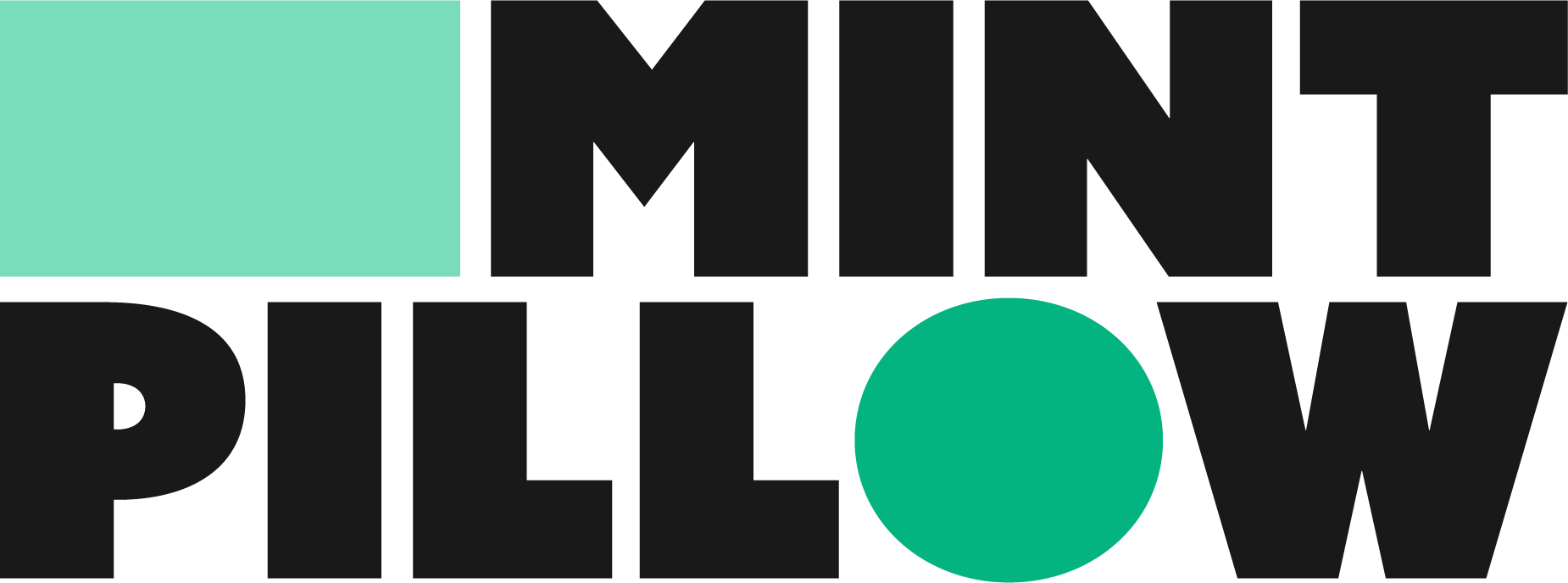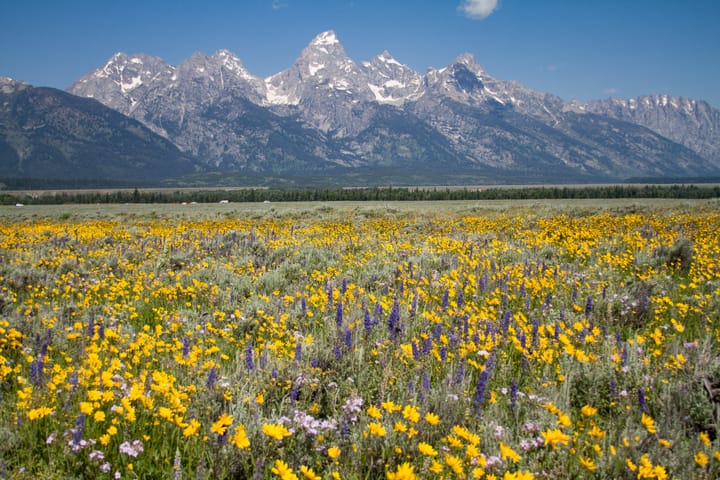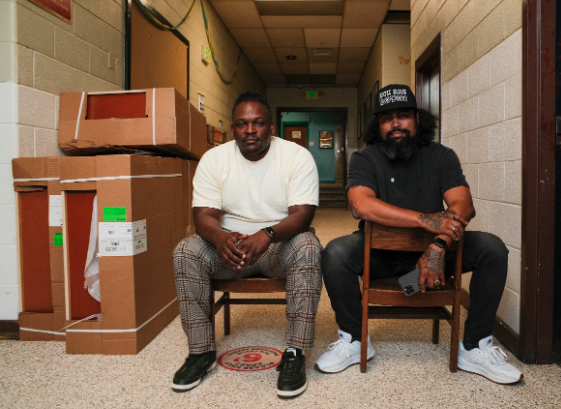Getting an indie hotel noticed ‘is never one size fits all’
Amy Draheim shares tips and tricks for the indie hotel

A version of this story first appeared in the Mint Pillow newsletter. To get it in your inbox, sign up for free by clicking here.
By Jennifer Glatt | Mint Pillow
Amy Draheim brings people to hotels, and hotels to people. After publishing her novel in 2008, which won a New York Public Library Award, she traded fiction writing for steaks, suites and spas. In 2017 Amy founded ABD Creative—a marketing agency specializing in hospitality—and has since gained a robust portfolio of hospitality clients from Maui to Manhattan. Here, she shares a few strategies from her indie marketing playbook. -Jennifer Glatt
What’s the biggest challenge in getting an indie hotel noticed?
When opening a new hotel, I can't stress [enough] the value of high-quality imagery. That's the first thing your future guests will see online, and the right mix of photography is such a valuable investment. Make sure you're shooting not just the minimum for the booking engine, but all the details and experiences in the hotel. If budget allows, a lifestyle shoot with experienced models is a content library that will keep on giving. If you're investing big bucks in photos, make sure you have someone on property who can share your vision and art direct the shoot to ensure the majority of the content is evergreen. Even Olympians need coaches.
From a marketing perspective, the volume of content we need to produce to get an indie noticed is not for the faint of heart. Social media is a beast, and it's rarely your best source of return, yet being consistent on social media by posting reels, carousels, user-generated content, and by hosting influencers, you start to build your funnel. Between social, email and the hotel website, we produce between 50-100 pieces of content to market any one hotel, every month. With all of the 'stuff' that needs to be created, strategy needs to stay crystal clear. Between all the beautiful imagery and clever copywriting on social, we need to include messages that will cause future guests to convert without being too salesy. After all, social media is not a billboard.
Which brings me to another big challenge for indies: the OTAs. OTAs are, in fact, a billboard, and indies often suffer from paying high commissions to OTAs and dealing with guests who are only loyal to the almighty dollar, to compete on rate with the hotels down the block, with a bold rate per night and a thumbnail image to whet the appetite of prospective guests. Pulling share from the OTAs requires marketing to your past guests and future guests on your owned website via email and on social.
Then there's paid marketing like PPC/Google, which is only as good as your follow-through. If you're driving hundreds of thousands of impressions but not generating any revenue, it's time to pivot because you're not even building a funnel, you're surfing wave tops. Maybe you can't get the booking at that moment (due to seasonality or compression, or it's just not the right message at the right time) but maybe you can create a conversion through a sign-up form that allows you to continue to market to the prospective guest through email, to ultimately convince them to convert when the time is right.
Okay, that might have been more than one challenge. I think the theme is really following through. I started to play chess, and it's really helped me with my marketing strategy to think two steps ahead. Paying close attention and following through is critical to an indie hotel's success. It's never one size fits all.
How do you determine your marketing approach for the hotels you work with?
We have a proven system of marketing for independent hotels, based on the speed at which they move, turn out offers and the seasonality. On a monthly basis, we provide a summary of last month's performance, a YTD rolling KPI report and a high-level strategy for the month ahead that encompasses what we're doing on their website, email and social. We also provide a visual calendar to give stakeholders visibility into the images we're using to promote that month's offerings/ programming, guest experience, etc. The variation comes not only in the imagery from one hotel to the next, but also in the storylines, the voice and the people on the other side—the hotel team and what matters to them, what's happening in the hotel's neighborhood or city, the guests (UGC), and any influencers/media who are experiencing and sharing their experiences. All of this together colors a particular hotel's marketing strategy, month by month, year by year.
What’s the key to keeping social media content fresh?
Leverage influencers and creators to come and create visual testimonials of their stay experience by not only sharing in real time on IG Stories but creating collab content after the stay to put our hotel in front of their audience. Our best agreements include a dozen or so assets delivered that we have rights to reuse. It's also important that, within the first year of marketing a hotel, and annually, we come out to experience the hotel to shoot owned, short-form video content and details of the stay experience to supplement professional imagery and the influencer/creator contributions. Earlier this year, we were in Palm Desert on the pickleball courts for a new package at Mojave Resort, and over in Palm Springs we enjoyed a lavish sushi dinner for a new romance package for Fleur Noire Hôtel. (Working in this field certainly has its perks!) In terms of the content itself, part of what I love about working with independents vs. a cookie-cutter branded property are the unique stories, offers and programming we come up with, often together with the hotel team, to create moments that not only make marketing easy, but also cause people to walk through the hotel's doors.
A great example: a few years ago on a content shoot for a hotel in Huntington Beach, Calif., we had the opportunity to shoot a menu of mimosas, but they weren't just any mimosas, they were mimosa carafes—a series of four, dolled up with garnishes, each that served four guests. Talk about a brunch upgrade and something completely marketable. We happened to be onsite for a bi-annual content shoot, and were able to shoot the mimosa carafes, overflowing flutes and many gleeful cheers with the Pacific Ocean as our balmy backdrop. The content, shot by our hands using trending audio, garnered more than 1.9M views and generated 500 new followers practically overnight. The right message, the right team, the right time.
Are there any unexpected marketing tactics that work well for you and your team?
The one no one's talking about anymore: email marketing. I'll give a shout out to Revinate, my favorite hotel marketing tool, which connects the hotel PMS data to a CMS that allows us to easily send emails and track and measure success. We can create automated emails based on certain guest milestones/triggers, we can segment with ease and so much more. The key then is growing your email list beyond past guests, which means using channels like Instagram as well as old-school advertising like print (gasp!) to run campaigns that grow your list. Because once they're subscribed to email, they're a captive audience. They're not owned by Instagram and subject to the algorithm's whims, they're owned by you. Take good care, and your email list will be among your top sources of returns.
How can independent hotels drive more direct bookings?
First things first: hire a great revenue manager. Use the OTAs sparingly for the billboard effect. Market to your past guests who are likely to return. Use marketing channels like print and Facebook Lead campaigns to broaden your reach and grow your list and then make emailing your growing list a top priority. Create seasonal offers that, when possible, bring a local partner or vendor in (double the exposure). Ensure positive guest reviews are flowing to Tripadvisor and Google (sorry, I can't reveal all my secrets). Make sure the marketing team and the hotel GM or director of social media have clear communication so that the marketing team (especially if offsite) knows what's happening and can market offers, programming, etc., not just 'create a vibe' in a silo. Omni-channel marketing is key. Marketing really is a team sport. All of the above is a tall order for one on-site hotel marketing manager. I have a whole team that supports our hotel marketing efforts, along with preferred partners in areas like web development, PPC, PR and photography, for around a dozen independent hotels and restaurants from coast to coast.
If a hotel is working with a limited marketing budget, what three things should they focus on?
If a hotel is working on a limited budget, begin with email and your website. Use Mailchimp for email and manually export guest data from the PMS. Whenever possible, drive clicks from email to your website, not straight into your booking engine. Your website experience could help win the guest over. Now that we've established not giving up on email and the importance of a good website, we'll move onto social. Leverage influencers on a trade basis to be your mouthpiece on social media, especially microinfluencers in your target market who will recognize the partnership as a win-win. Their visual testimonials will convince and convert, and you'll build your content library at the same time. Finally, focus on local partnerships. Lean on the local DMOs who often partner for free or for a nominal fee, to share your offers or experiences on their website, in their newsletters or on social. And by the way, even if your budget is big, you should be doing these things!
Above: Mojave Resort in Palm Desert (courtesy Treimer Creative)
💯 Thanks for reading! Enjoying Mint Pillow? Share it with a friend.
👋 Have a story idea or want to say hello? Email us at newsletter@mintpillow.co




